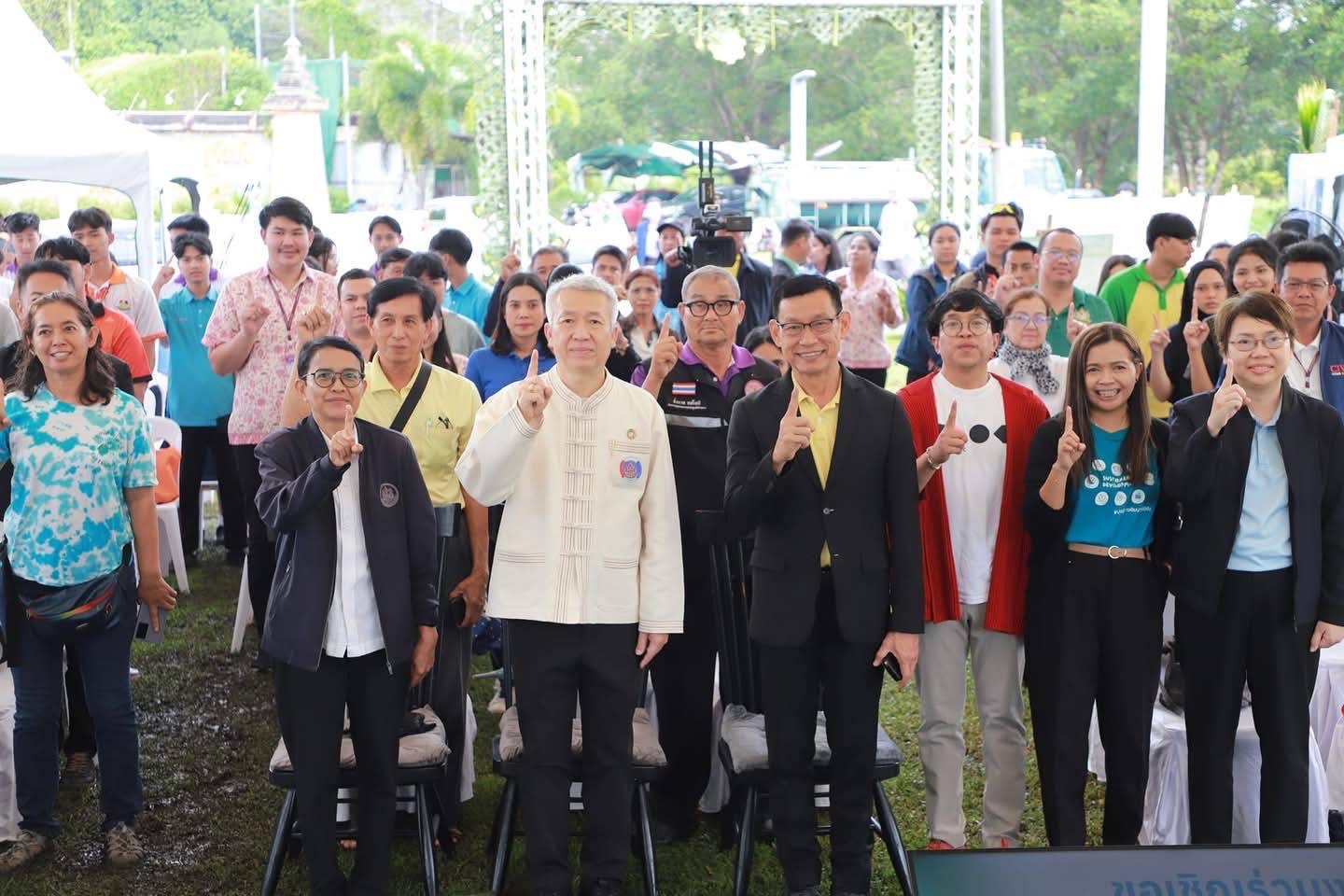Reimagining Asian Cities – Embracing Nature-based Solutions for a Sustainable Future
Reimagining Asian Cities – Embracing Nature-based Solutions for a Sustainable Future
Urban areas in Asia are rapidly growing, bringing increased environmental and societal challenges. However, a new vision is emerging that puts nature at the heart of city planning. The International Union for Conservation of Nature (IUCN) and its partners are working to integrate Nature-based Solutions (NbS) into urban planning to enhance resilience, mitigate climate change impacts, and improve the quality of life in cities across the region.
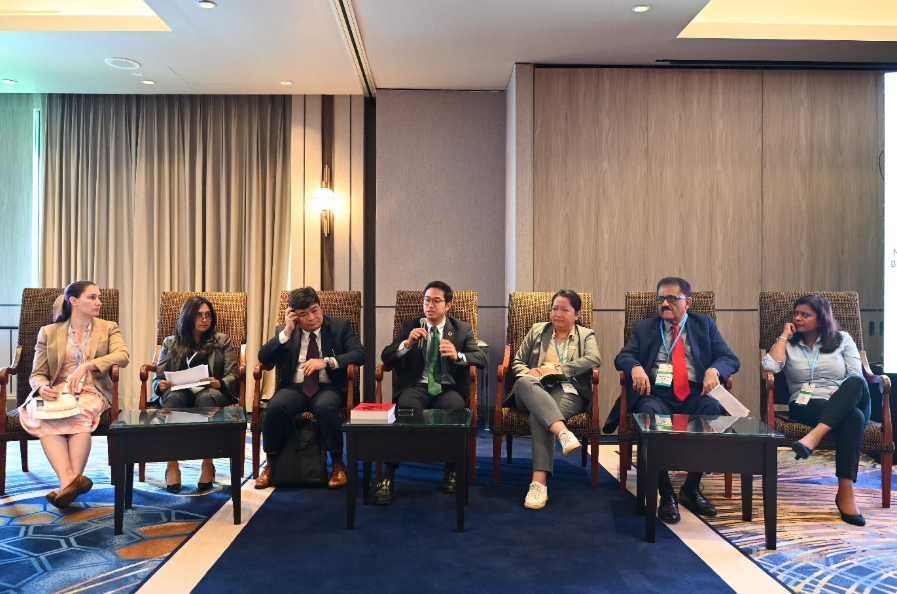
This newsletter highlights the key outcomes from *Parallel Session 4: Reimagining Asian Cities* during the **Regional Conservation Forum 2024**, held on September 3-5 in Bangkok. Experts from across Asia discussed how NbS can help transform cities into sustainable, biodiverse, and livable spaces.
The Potential of Nature-based Solutions in Cities
Nature-based Solutions refer to strategies that leverage natural processes and ecosystems to address urban challenges. In Asian cities, where rapid urbanization has led to pollution, loss of biodiversity, and vulnerability to climate change, NbS offers a promising path forward. These solutions range from creating green spaces that absorb stormwater and cool urban areas to restoring ecosystems that support biodiversity and provide vital ecosystem services.
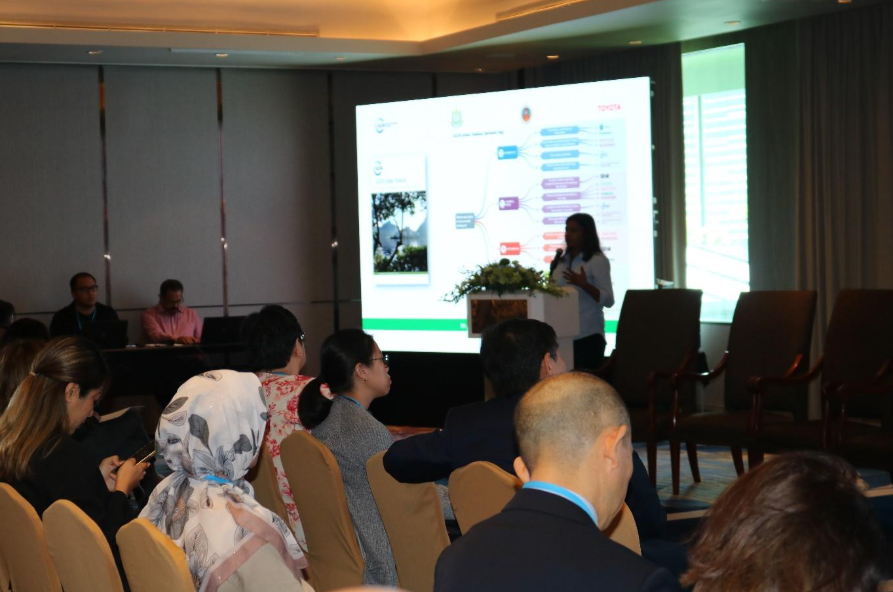
Keynote speaker Radhika Murti of IUCN emphasized that nature is not just an aesthetic addition to cities but a critical tool for resilience. The IUCN toolbox offers practical approaches for city planners to incorporate biodiversity into urban development, ensuring cities remain adaptable to future challenges. Jennifer Rae Pierce from the Urban Biodiversity Hub further highlighted the growing need to integrate biodiversity conservation into urban policies across Asia, as the region faces increasing environmental pressures.
Overcoming Urban Challenges with NbS
Urban biodiversity faces significant challenges, but the session underscored how NbS can overcome these hurdles. For instance, Sanjeevani D. Singh from UNESCAP pointed out that Asian cities are grappling with competing priorities like infrastructure development and economic growth. However, a holistic approach that includes NbS can balance these needs while addressing land-use conflicts, improving urban resilience, and fostering sustainable growth.
One inspiring example came from Lim Liang Jim, the Group Director for Conservation at Singapore's National Parks Board. He shared how Singapore has successfully integrated biodiversity into its urban fabric through long-term planning, extensive data collection, and continuous monitoring. Singapore’s vision for a biodiverse city serves as a model for other Asian cities, showing that careful planning and data-driven approaches are key to successful urban NbS implementation.
Local Initiatives and Community Engagement
Local governments across Asia are beginning to recognize the value of nature in urban spaces. In Bangkok, the city is implementing a "15-minute city" initiative, as shared by Pornphrom Vikitsreth, Environmental Affairs Advisor to the Governor of Bangkok. This vision aims to ensure that all residents have access to green spaces within a short walk from their homes. Despite challenges like high population density and limited public land, Bangkok is finding creative solutions, such as pocket parks under expressways, to increase green spaces in the city.
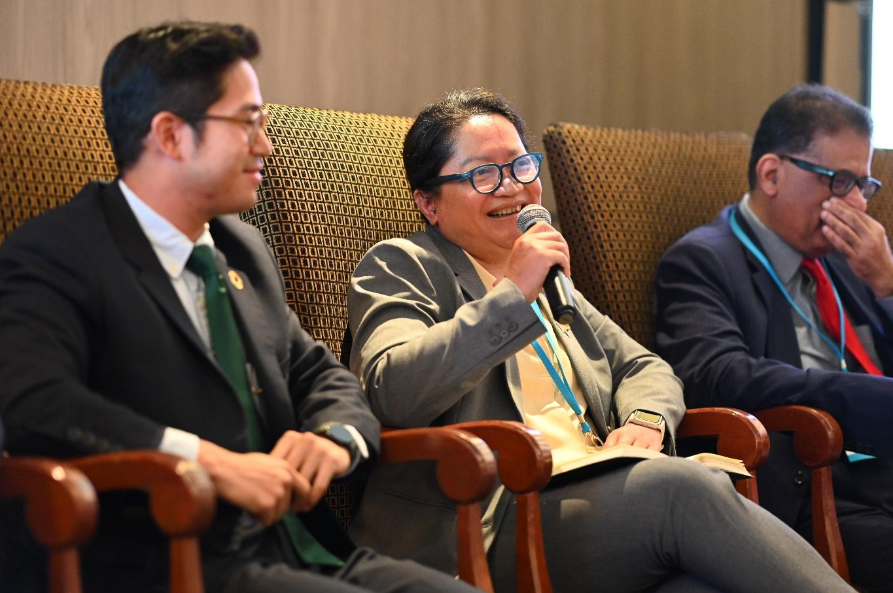
Spotlight on Urban Resilience: Jeeranuch Sakkhamduang
A critical highlight of the session came from **Ms. Jeeranuch Sakkhamduang**, an expert with the Thailand Environment Institute and a key figure in the Urban Resilience project. Ms. Jeeranuch emphasized that in secondary cities across Asia, particularly in Thailand, challenges often outweigh opportunities. However, she pointed out that the lack of mechanisms to promote NbS remains a major barrier. She also addressed the ongoing debate over whether NbS should be implemented independently or in synergy with grey infrastructure. Her key solution: sincere communication, transparency, and community engagement are essential for success. Her insights resonated strongly as a call to action for promoting NbS in smaller urban areas.
The Role of Urban OECMs and Future Pathways
Looking ahead, new concepts like Urban Other Effective Area-based Conservation Measures (OECMs) are gaining traction as tools to safeguard biodiversity in cities. Mitali Sharma**, an independent researcher, presented the idea of using OECMs to create formal recognition for areas that contribute to conservation in urban settings. By developing a roadmap for urban OECMs, Asian cities could enhance biodiversity protection, promote greener cities, and ensure that nature continues to thrive alongside urban development.
Path Forward: Collaboration and Innovation
To mainstream NbS in Asian cities, collaboration among diverse stakeholders, including policymakers, urban planners, and communities, is essential. The session highlighted that innovative financing mechanisms, knowledge exchange, and partnerships can drive NbS implementation at scale. Cities like Singapore and Bangkok are leading the way, but the potential for NbS extends across Asia, offering cities the chance to build resilience, foster biodiversity, and improve urban living conditions.
In conclusion, reimagining Asian cities with nature at the center of planning offers a sustainable, hopeful path forward. By embracing NbS and learning from successful models, cities can address the pressing challenges of climate change, pollution, and population growth while creating healthier, more resilient environments for both people and wildlife. As demonstrated during the **Regional Conservation Forum 2024**, with vision, data-driven approaches, and strong community involvement, the future of urban Asia can be green, sustainable, and thriving.
---
*This newsletter is part of IUCN’s ongoing efforts to promote biodiversity and sustainable urban development in Asia.*

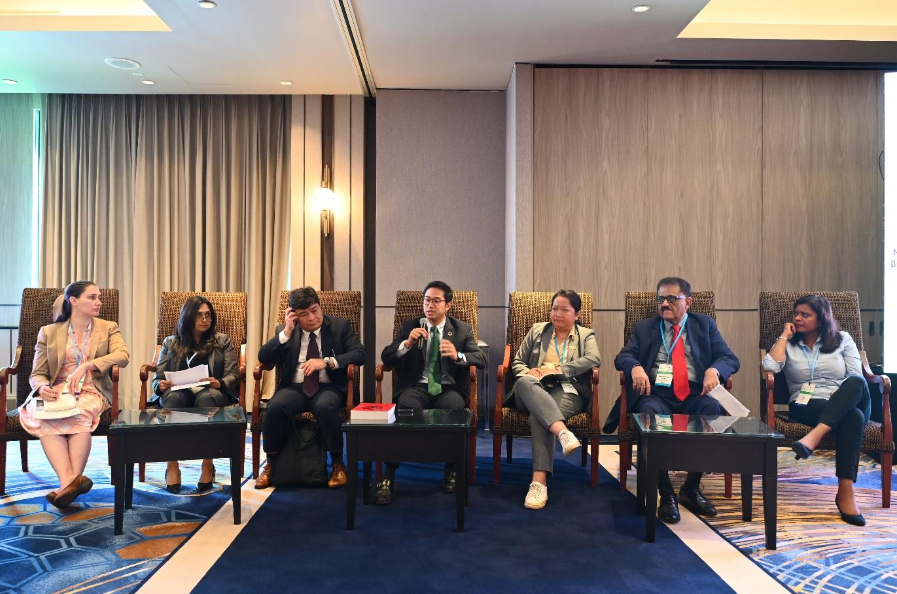
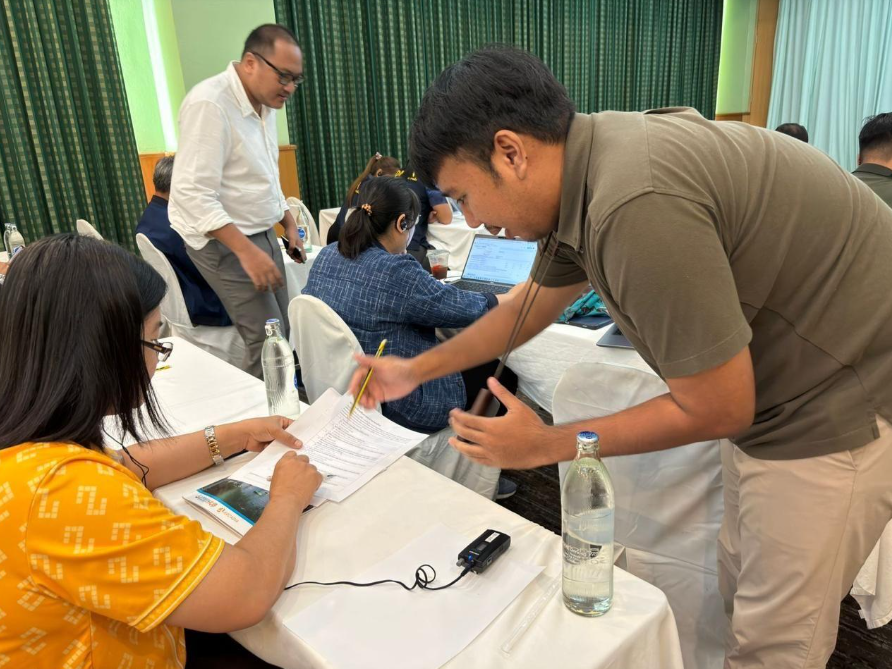
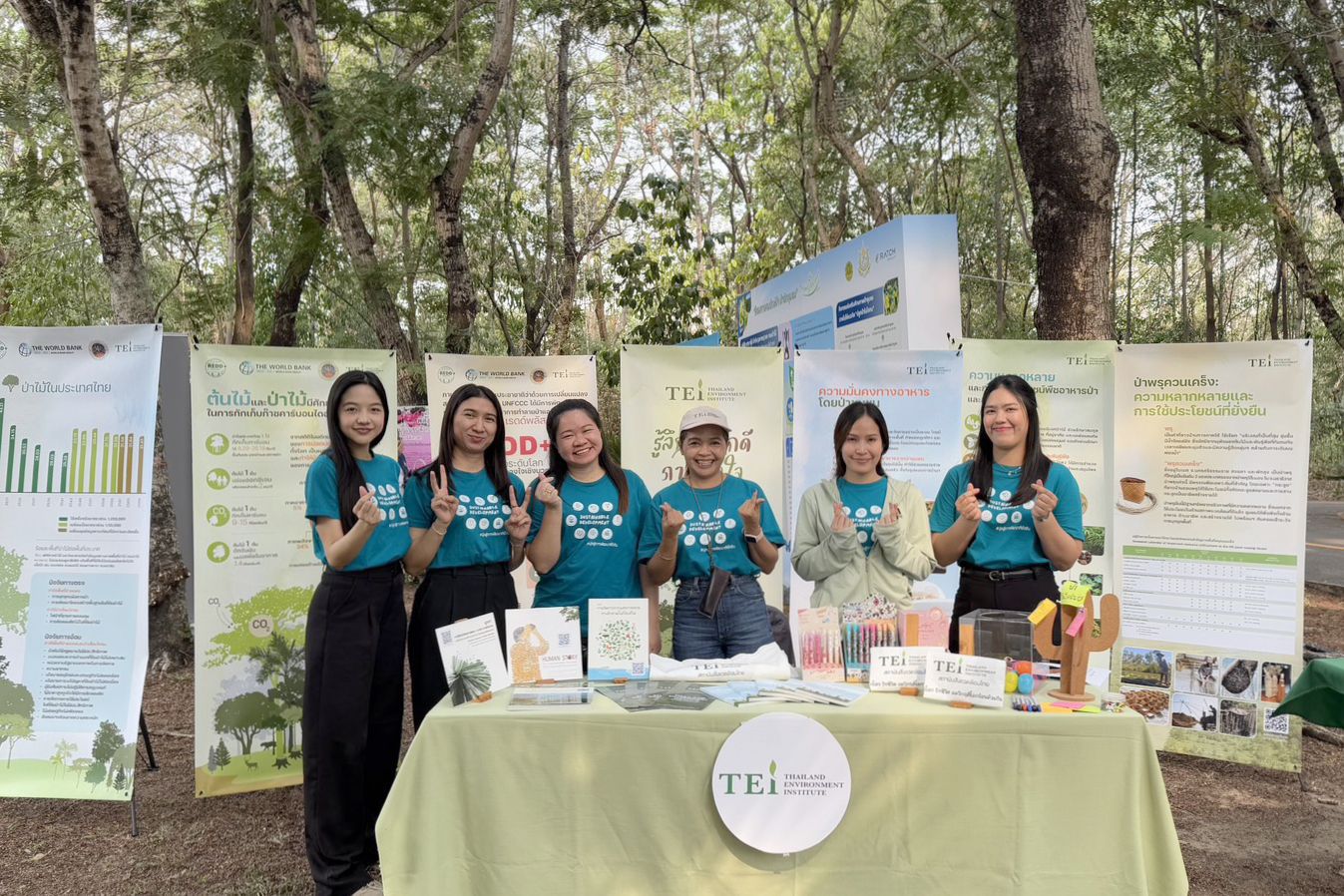
.jpg)
